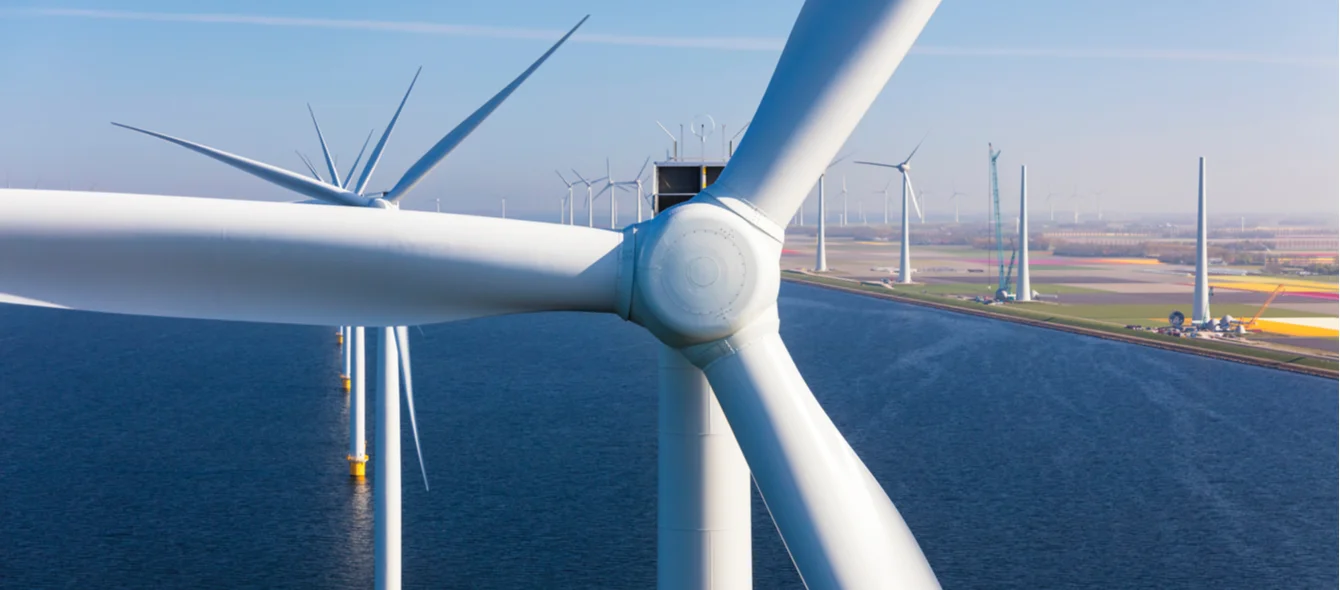The solar cell was first put through its paces 63 years ago. In 1958, space satellite ‘Vanguard 1’ was launched into space with a cell mounted on its body to supply electricity. And it wasn’t only the vehicle that was astronomical. The price tag for solar technology was also sky-high. In fact, according to calculations, one watt of solar power in the mid-1950s cost around 1865 US dollars. Taking inflation into account, today, a commercially available 320-watt panel would cost almost 600,000 US dollars, rather than the conventional 180 US dollars or so.
From its humble beginnings as an essentially unaffordable niche product, PV technology has since skyrocketed to become a mass-produced item, manufactured in immense quantities in Asian factories in particular, and installed the world over. Last year alone, capacity grew by around 132 gigawatts (GW), with three percent of global electricity demand now covered by solar energy. But what has made this boom possible? Money talks, and PV solar energy is now thought to be the cheapest form of electricity generation. In fact, the R&D platform ‘Our World in Data’ recently published a very intriguing report, in which it takes a closer look at how this considerable drop in price came about.
Development of LCOE (levelised costs of energy) by energy source
Source: Our World in DataLevelised costs of renewable energy with a significant drop in prices
As the chart shows, just eleven years ago in 2009, electricity from newly built PV plants relied on the most expensive form of electricity generation (of the energy sources listed). In fact, it cost more than three times as much as electricity from new coal-fired power plants. The chart lists the energy sources based on their so-called levelised costs of energy (LCOE). This figure includes the costs of building the power plant or facility, as well as ongoing expenses for fuel and overall operation costs over its supposed lifetime.
The LCOE of solar power have fallen from 359 US dollars per megawatt hour ($/MWh) to $40/MWh – an impressive 89 percent drop. A wind of change is quite literally also blowing in the world of onshore wind, where the cost of electricity has fallen from $135/MWh to $41/MWh, marking an equally remarkable drop of 70 percent in just one decade. Fossil fuels, on the other hand, are a mixed bag: the levelised costs of energy of new gas-fired power plants (used for load balancing) have fallen by more than a third (-37 percent), those of new coal-fired power plants have remained largely unchanged (-2 percent), and those of new nuclear power plants have risen considerably (+26 percent).
But where did this drastic drop in solar and wind prices come from? According to Max Roser, the lead author of the report, renewables – unlike nuclear and coal-fired power, for example – have experienced something of a learning curve.
Costs for solar and wind energy follow exponential learning curve
The deciding factor here is the price of the technology used, i.e. the cost of the solar PV modules themselves. For, unlike conventional power plants where the price is mainly determined by the fuel itself, renewable energy sources such as solar or wind are available free of charge. The biggest factor in price development for renewables is technological progress and rising demand.
As R&D and manufacturing increased, photovoltaics, for example, became less of a high-tech niche product. Prices dropped exponentially, whilst demand rose in tandem: the cheaper the modules, the greater the demand. The greater the demand, the more manufacturing capacities expanded – and the lower the market price became. In fact, the price of a solar module fell by about one fifth each time newly installed capacity doubled; with the result that the price per watt of a PV module has dropped from more than 100 US dollars in the mid-1970s to less than 50 cents in 2019.
Price development for solar PV modules
Source: Our World in DataThe logical consequence is that prices for solar power are also dropping. According to calculations, each time installed capacity doubles, the cost of electricity falls by 36 percent, proving just how steep the learning curve truly is. This correlation can also be observed in wind energy, since, similar to solar energy, the sector has seen major technical advances together with increased mass production. The LCOE of onshore wind have fallen by 23 percent whilst capacity has doubled, for example. For offshore wind this figure was 10 percent.
Fossil fuel power generation paints a different picture. Take new nuclear plants, for example. The levelised costs of nuclear energy have risen by more than 60 percent in just ten years. The sharp decline in the number of new nuclear power plants being built makes it difficult to standardise construction, resulting in higher costs and a faltering learning curve.
Photo credit: shutterstock.com, Peter Adams Photography
